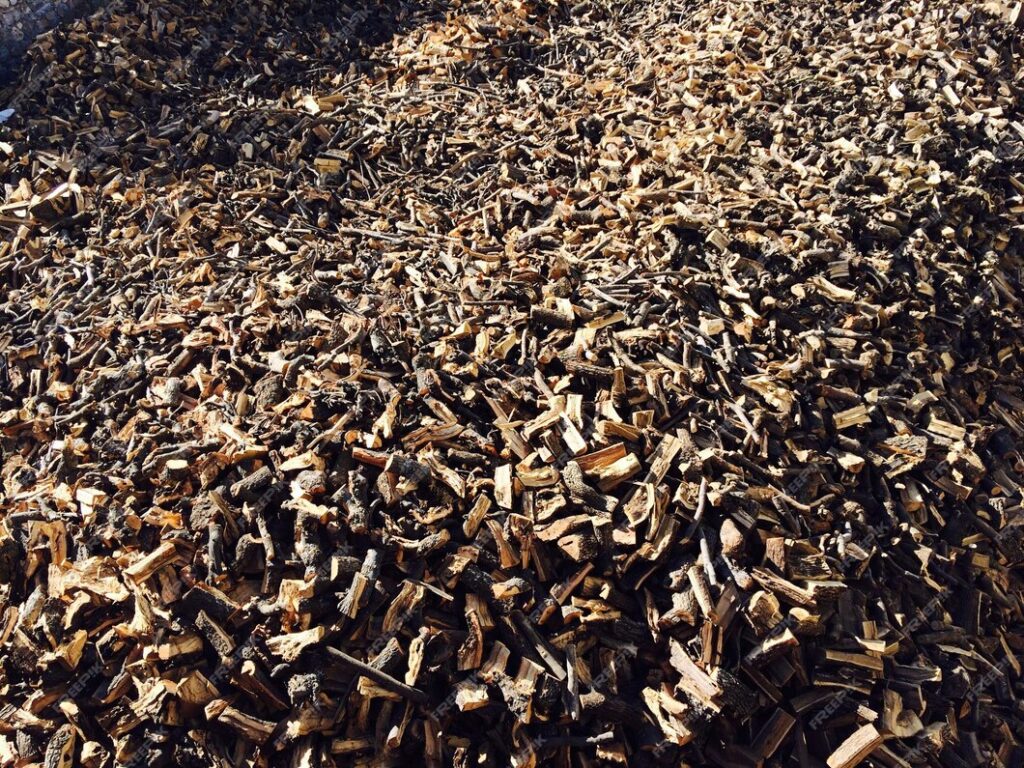A healthy garden is a source of pride and joy for homeowners in Bothell. One of the challenges many face is managing weeds, which can quickly take over and ruin the appearance of your outdoor space. Fortunately, using bark mulch is an effective way to prevent weeds and maintain a neat, tidy garden. Layering bark mulch not only helps keep weeds at bay but also enhances the soil’s moisture retention, promoting healthier plant growth.
Bark mulch acts as a protective shield over your garden beds, preventing weeds from getting the sunlight they need to grow. As you plan your garden care routine for the seasons ahead, understanding how to properly apply bark mulch can make a significant difference in achieving a weed-free garden. Let’s explore how to use bark mulch effectively and keep your Bothell garden looking its best.
Understanding Bark Mulch
Bark mulch is made from the outer layers of trees, and it serves multiple purposes in a garden. It provides a barrier against weeds, retains moisture, and improves soil conditions over time. As it breaks down, bark mulch enhances the soil by adding nutrients, creating a fertile environment for your plants.
There are different types of bark mulch available, each with unique characteristics:
1. Pine Bark Mulch: This type breaks down slowly, making it a long-lasting choice. It’s ideal for regulating soil temperature and adding nutrients over time.
2. Cedar Bark Mulch: Known for its pleasant aroma, cedar bark mulch can repel insects, which is an added benefit for gardeners.
3. Hemlock Mulch: This mulch adds a great splash of color to your garden while providing all the benefits of traditional bark mulch.
Choosing the right type of bark mulch for your garden depends on your specific needs and preferences. A good mulch choice should help to suppress weeds effectively and support the overall health of your garden.
Preparing Your Garden for Mulching
Before applying bark mulch, proper preparation of your garden beds is key. Cleaning and preparing the area ensures that the mulch can do its job effectively. Here’s how you can get started:
– Clear the area of any dead plants, weeds, or debris. Taking the time to clear the garden ensures that no old plant material can contribute to future weed growth.
– Loosen the soil in your garden beds. This step helps to ensure that water and nutrients can reach plant roots easily.
– Add a layer of quality soil or compost to enrich the garden bed. This provides an added boost of nutrition for your plants.
Once your garden is prepped, you’re ready to layer the mulch to maximize its weed-prevention properties.
How to Properly Layer Bark Mulch
Once your garden is prepared, it’s time to lay the bark mulch. This process is straightforward but requires a bit of attention to ensure it’s done right. Start by spreading the mulch evenly across the garden bed. Aim for a layer that is about two to three inches thick. This thickness is effective in blocking sunlight, which prevents weed growth and helps hold moisture in the soil.
When spreading the mulch, be careful around the base of plants. Leave a small gap between the mulch and the stems or trunks of plants to prevent trapping moisture against the plant, which can lead to decay and disease. A simple approach involves gently pulling the mulch away from the base of each plant after you have spread a uniform layer.
For larger areas or garden beds, you might find it helpful to divide the area into smaller sections. Spread the mulch section by section to ensure even coverage and to make the task more manageable. This method also allows you to focus on specific areas that might need a little extra attention, such as areas with more significant weed issues or where the soil tends to dry out quickly.
Maintenance Tips for Mulched Gardens
Once your mulch is applied, maintaining it throughout the growing season helps keep your garden neat and effective in weed control. Regular checks can help you determine when it’s necessary to fluff or replace parts of the mulch.
Here are key maintenance steps to consider:
– Monitor the mulch depth regularly. If it starts to thin to less than two inches, add more to maintain effectiveness.
– Check for signs of mold, especially in damp areas. If you notice any, it might be necessary to turn the mulch to improve air circulation.
– Refresh the mulch in spring or whenever it starts to degrade. Over time, it breaks down, adding organic material to the soil, so replenishing is essential.
– Avoid letting a hard crust form on top. If this happens, gently rake through the mulch to loosen it.
These maintenance tips ensure that your Bothell garden remains vibrant and weed-free throughout the seasons.
Ensuring Weed Prevention with Bark Mulch
Maximizing the weed-prevention benefits of bark mulch involves a few additional measures. For an extra boost, consider the following:
– Use garden fabric underneath the mulch for highly problematic weed areas. Though the mulch itself is effective, a fabric layer can offer increased protection.
– Promptly remove any weeds that manage to break through. Removing them quickly helps prevent them from establishing a more substantial root system.
– Keep a regular schedule of inspection. A weekly walk through your garden allows you to catch issues before they become significant problems.
By following these additional steps, you can further ensure that your garden remains a serene, weed-free environment. A well-maintained layer of bark mulch is not only functional but also adds a finishing touch to your outdoor space, making it pleasing to enjoy throughout the year.
If you are ready to enjoy a weed-free garden and a neat outdoor space, explore our solution for bark mulch in Bothell and see how simple it is to upgrade your garden care routine. For a quick estimate or to book a service visit, please contact us today.

